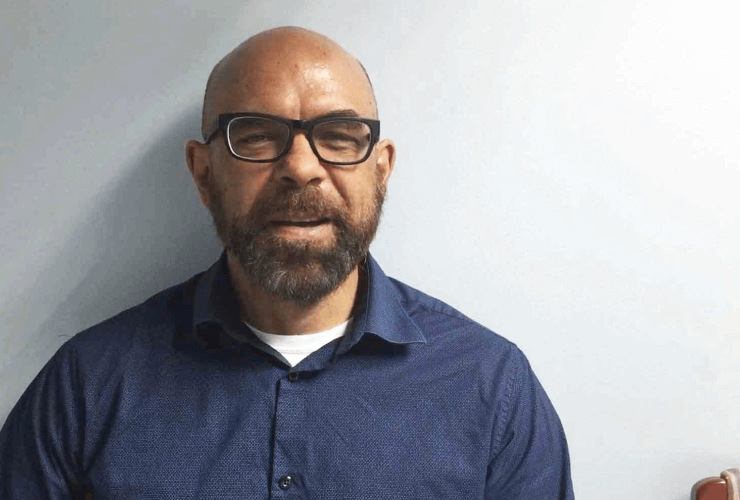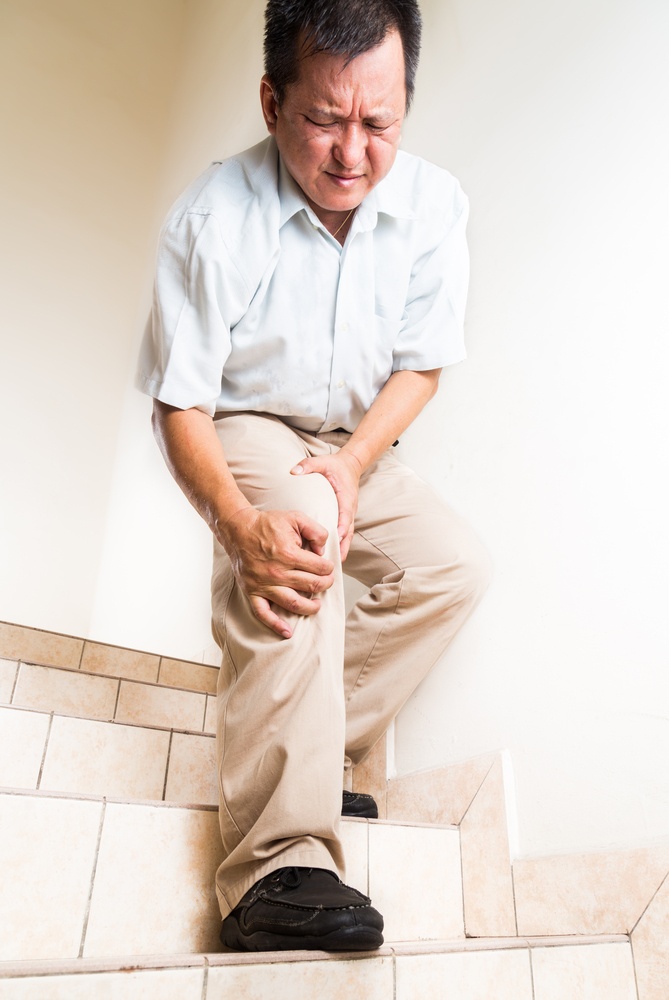Table of Content
Sclerosis is the process of abnormal hardening or stiffening of body tissues that can occur in multiple structures, such as arteries, nerves, and bones. Subchondral bone sclerosis in the knee occurs when the bones at the end of the femur and tibia that join to form the knee joint thicken as a result of becoming exposed from loss of cartilage. If more conservative treatments do not bring relief, surgery may be needed. Here is a look at surgical procedures used to treat damaged or no knee cartilage. The most common cause of knee cartilage damage is osteoarthritis , a type of arthritis caused by repetitive joint stress.
These home remedies have minimal side effects and can help treat ligament injury effectively. Typically, you can still walk with knee cartilage damage, but it often becomes painful. If left untreated, the pain increases to the point where walking becomes progressively difficult. A traumatic injury to the knee can tear the meniscus cartilage or the meniscus root, where the cartilage anchors to the bone. These types of injuries can be contact or noncontact or injuries. A twist or bend can overstress the cartilage and lead to a tear, or a hit on the knee can result in torn cartilage.
Dr Skendzel Explains Treatments For Knee Cartilage Injuries
As the knee gives way, the delicate structures inside it, as well as the joint surface and meniscal cartilages, frequently become damaged. As a result of the operation, knee cartilage can be improved, which can improve the joint’s function. It takes a few weeks to recover from a fall, but physiotherapy should continue to ensure long-term success. The symptoms of cartilage damage in the knee are pain, swelling, and stiffness. The knee may feel hot to the touch and it may be difficult to move the knee. If you have suffered a joint injury or sports injury, or if you think you may be developing arthritis, see an orthopedic expert here at The Bone & Joint Center.
After surgery, you will need to do exercises to increase and maintain knee strength and stability. A torn knee ligament is a serious injury, and we wish you a speedy and complete recovery. If Carl Todd Clinics can help, we would love to hear from you. Our professional osteopaths and physiotherapists can accurately diagnose your knee injury and create a bespoke exercise plan, tailored for each stage of the recovery process.
What is the meniscus?
A torn meniscus often can be identified during a physical exam. Your doctor might move your knee and leg into different positions, watch you walk, and ask you to squat to help pinpoint the cause of your signs and symptoms. Practice the gentle stretching and strengthening exercises, recommended by your doctor or therapist. It is important not to over exercise the knee, as this may impair the healing process.

Knee pain can come from a variety of sources so it can be difficult to pinpoint cartilage damage as the reason. Subchondral cysts—abnormal growths of fluid-filled sacs—can also develop in the subchondral bone, which may be painful and limit proper mobility of the knee joint. People in the early stages of knee osteoarthritis can often prevent further damage and a total loss of knee cartilage through conservative treatment methods. These include weight loss, braces, exercise, over-the-counter medications, and other conservative treatments. Knee cartilage can also be damaged from injuries, such as anterior cruciate ligament ruptures, meniscus tears, and patellar dislocations, which increase the risk of knee OA.
Is it safe to walk on a torn meniscus?
The operation is carried out using a tiny video camera inserted into your knee and a monitor. Cartilage repair can involve shaving or cutting off ragged edges of torn tissue. If the cartilage doesn’t need replacing, your surgeon may drill small holes in the surface of the bone to encourage the cartilage to re-grow in place. In some cases, cartilage from another part of your body can be grafted onto the bones. Articular cartilage is a dense and fibrous matrix that covers the ends of bones in a joint.

Some foods may aid in the natural healing of damaged cartilage. When you have an injury, it is critical to take a few days to rest and recover. Even if you don’t suffer from any acute injuries, regular physical activity is still important for your health. Simply stretching the cartilage will help it remain stiff and lubricated while also lubricating and filling it with synovial fluid.
How Is A Pcl Injury Treated
There are a few different types of knee cartilage damage treatment. This is used to strengthen the muscles around the knee and improve range of motion. The knee joint is made up of a c-shaped piece of cartilage known as the knee joint.

The surgeon then drills small holes in the bone at the base of the defect. Over time, bone marrow cells will rise up through the holes and form a clot. After surgery, the patient must participate in a course of specific exercises and therapy. This specific rehabilitation program helps to ensure that the clotted cells will turn into cartilage, rather than becoming stiff like bone or scar tissue.
Inflammation and swelling in the joints is compounded by the stiffening of the bones and the formation of bone spurs , resulting in pain, swelling, and motion loss. An arthroscope, an endoscope used to treat joints, is commonly used in knee operations. Several procedures are available at UC San Francisco to repair and regenerate the cartilage. Cell-based cartilage resurfacing, as well as Matrix-induced autologous chondrocytes implantation, are examples of microfracture. Crutches and a continuous passive motion machine are required for patients to follow the post-op protocol.

Finally, studies have predominantly defined outcome on the basis of symptoms. Determining whether these procedures influence structural progression will be important in helping to understand whether such procedures impart deleterious structural changes. Determining if the arthritis is caused by a disease in the joints or by a disease spreading in the body and severe pain in the body needs immediate treatment. Minor cartilage damage may improve on its own within a few weeks, but more severe damage will often require surgery. Wear and tear on your knees as you age increases the risk of a torn meniscus.
When a quick twist or sudden impact causes a tear, we realize the crucial job it does for our joints. When this type of trauma happens, it can be confusing to decide on treatment. These surgeries can be performed on almost any joint, but they are most commonly performed on knees. They are generally appropriate for people who have specific cartilage injuries rather than widespread cartilage damage, like that found in moderate to severe knee arthritis.

On the flipside, sudden knee pain is usually a sign of a torn meniscus. Many meniscus tears do not cause pain or other symptoms and are only diagnosed during evaluation for another knee problem. About 30% of people over the age of 40 who think they have a normal knee find out they have an abnormal meniscus when they have an X-ray, says Dr. Benner. It is not possible to predict when the knee will fully heal following knee surgery. A majority of patients, however, can return to their normal lives within four months. It is critical that you strictly follow your doctors instructions after surgery, as any deviation from them can lead to re-injury.

No comments:
Post a Comment